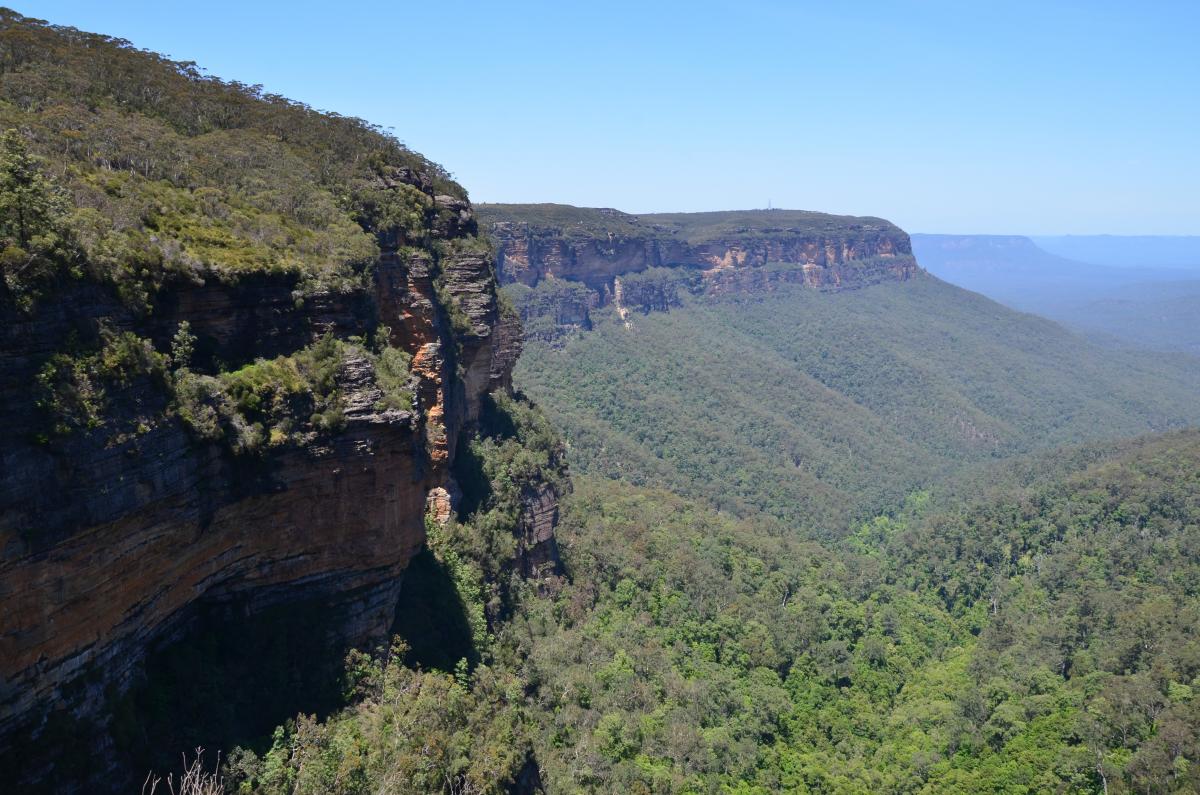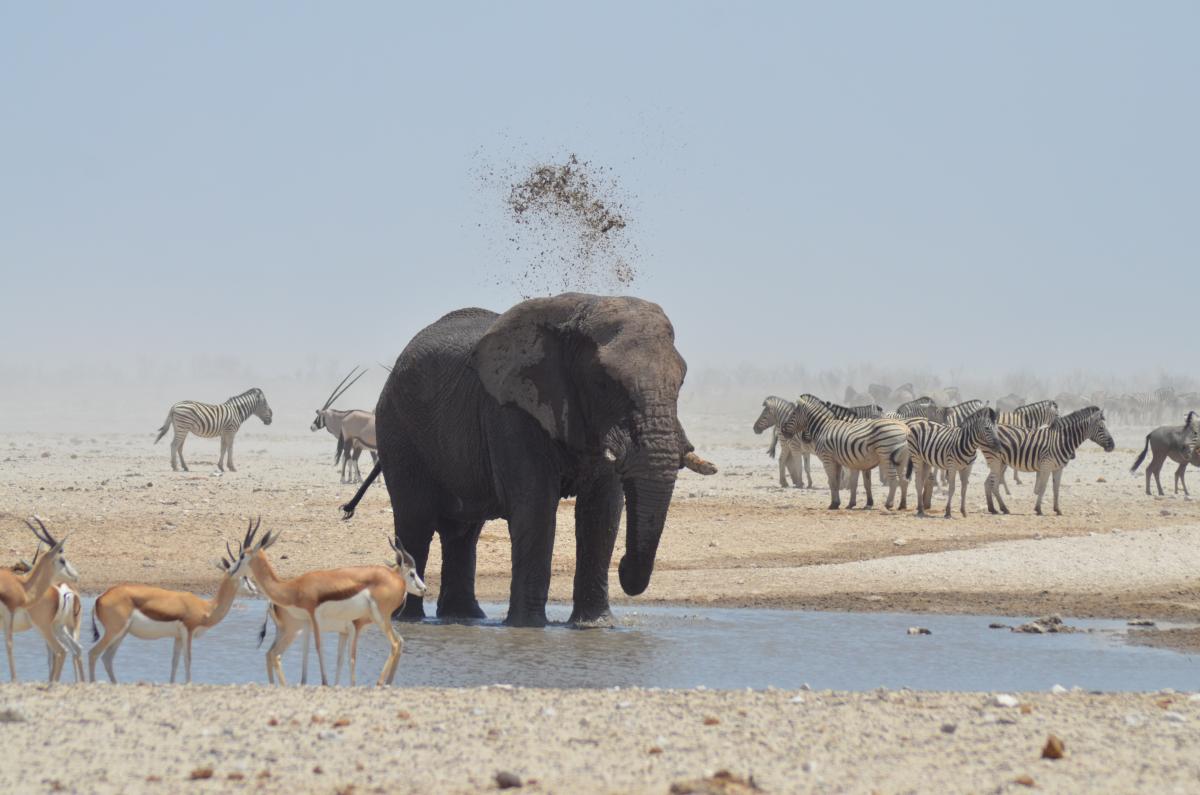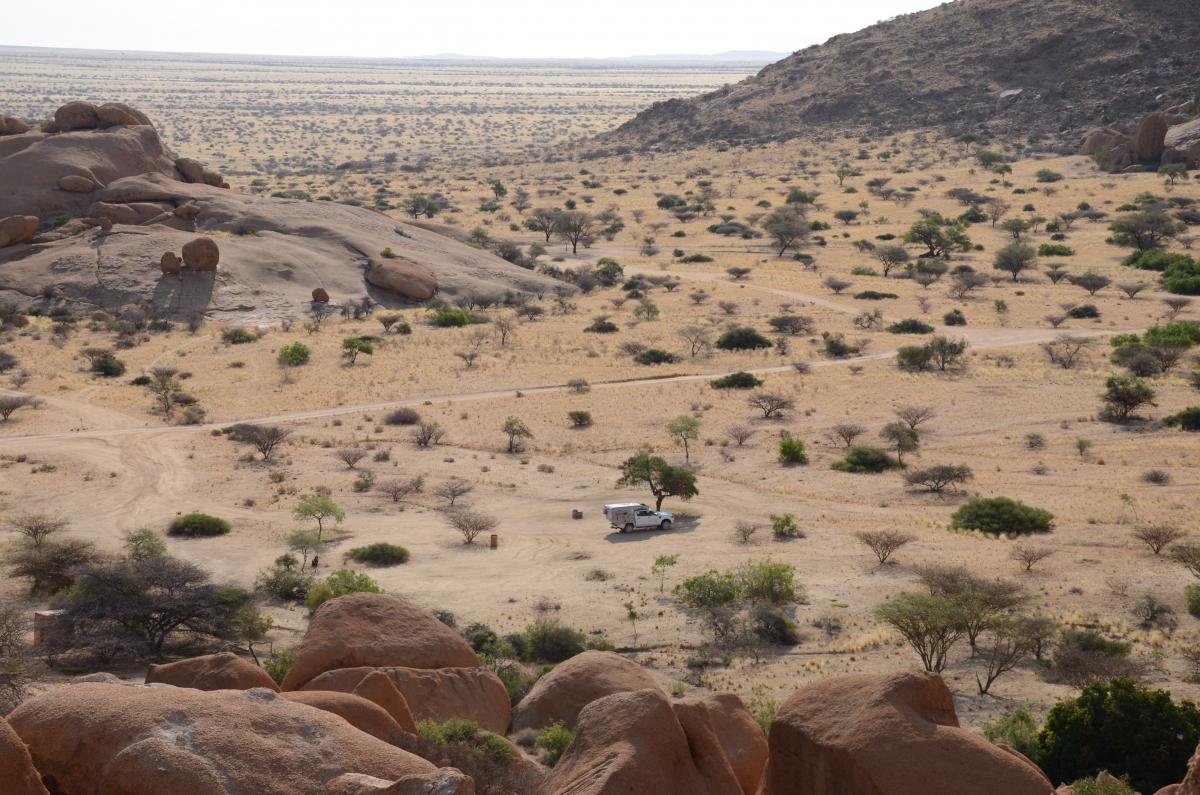Scientists determine what delivers success for wildlife in Protected Areas
An international study published in the journal Nature Communications found that on average protected areas around the world successfully safeguard wildlife, most notably in wealthier, more developed countries.
“National Parks are the cornerstone of most country’s conservation plans, so it’s essential they work to conserve nature,” said lead author, Dr. Megan Barnes from the ARC Centre of Excellence for Environmental Decisions at the University of Queensland. The study involved a taskforce comprised of two Commissions of the International Union for Conservation of Nature (IUCN) – those for species (SSC), and protected areas (WCPA), and is the largest investigation of wildlife trends in protected areas to date.
The global study included over five hundred species of birds and mammals in protected areas across 72 countries. The good news is that, on average, protected areas are successfully protecting wildlife populations within their boundaries. “To make sure that parks achieve their conservation mission, we investigated what conditions resulted in improved wildlife trends, and what might create barriers to successful conservation in protected areas,” said Dr. Barnes
“Unexpectedly, we also found the largest-bodied wildlife were doing the best, the giraffes and buffalo had more positive populations than smaller species like jackals,” said study author, Dr. Ian Craigie, from ARC Centre of Excellence for Coral Reef Studies at James Cook University.
National-scale socio-economic conditions were found to be far more important in influencing the success of parks than often-cited factors such as protected area size, design or type. “It’s important to tailor protected area management strategies to social and political conditions,” said Dr. Barnes, adding that “wildlife protection needs strong national governance to be successful.” Co-author Dr. Tom Brooks, IUCN Head of Science, emphasized that “management must target the full range of species to meet the goals of halting biodiversity decline.”
The study highlights the need for effective management of parks and that it is not sufficient to only create new parks to increase the area under conservation. “Reserves need adequate funding and support to protect wildlife, and to be more than just lines on a map,” adds Dr. Barnes. Dr. Craigie, pointed out that “There are still a number of protected areas where wildlife populations are declining, and these need urgent support, especially in developing nations, if they are to successfully preserve their biodiversity in perpetuity.” IUCN taskforce chair Stephen Woodley underscored that “enhancing protected area governance and management quality is essential as protected areas are our key nature conservation tool.”
Paper
‘Wildlife population trends in protected areas predicted by national socio-economic metrics and body size’ by Megan D. Barnes, Ian D. Craigie, Luke B. Harrison, Jonas Geldmann, Ben Collen, Sarah Whitmee, Andrew Balmford, Neil D. Burgess, Thomas Brooks, Marc Hockings and Stephen Woodley appears in the 16 September 2016 issue of the journal Nature Communications. DOI: 10.1038/ncomms12747
Contacts
To arrange an interview with the authors, please contact:
- Ms. Adaudo Anyiam-Osigwe, Public Affairs Officer, IUCN Global Communications Unit, adaudo.anyiam-osigwe@iucn.org, +41229990334 (Gland, Switzerland)
- Dr. Megan Barnes, megan.barnes@uq.edu, +18084626449 (Honolulu, HI, USA)
- Dr. Ian Craigie, Craigie.ian@gmail.com, +44 (0)7482 316520 (London, UK)







